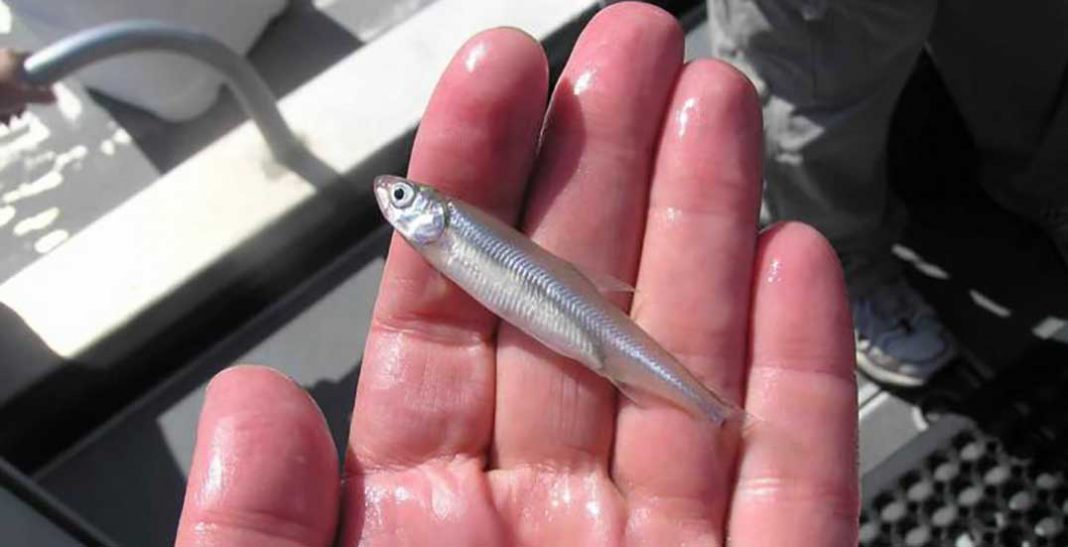MANITOULIN—The much-anticipated smelt run should soon be upon us, despite the longer-than average winter the Island has experienced, but there is also a chance that smelters may miss out this year altogether due to the unusual ice and weather conditions.
Ross Hart, Sudbury District manager with the Ministry of Natural Resources and Forestry, told The Expositor that on Manitoulin, the run typically occurs mid to late April, “so it should be starting right now.” The smelt run is based on water temperature, which is ideally between 5° and 7°C and will often begin after consistent warming rain showers. Spawning runs last about three weeks, or as long as temperatures stay in the 5° to 7° range. According to the University of Michigan, photoperiod (the increased length of daylight hours) is an additional environmental cue for spawning.
“Where ice cover persists later than normal, smelt runs may be slightly delayed,” Mr. Hart said. “Smelt will wait as long as they can for preferred water temperatures and flows, but they can only wait so long; this year they may end up moving into the streams prior to preferred temperatures and flows being realized, meaning they may spawn in marginal conditions and/or habitat, or some may not spawn at all.”
Mr. Hart added that this spring’s unusual conditions will make it difficult to predict the timing and intensity of the run. “Depending on where people fish, they may also have difficulty with access to spawning streams.”
“Smelt abundance can fluctuate widely depending on year class strength and predator abundance,” Mr. Hart added. “A spring like this can affect spawning and incubation success for spring spawning species and ultimately we may see a weak year class.”
“It’s also important to note that rainbow smelt are considered to be an invasive species in many waters, so people who harvest smelt should be very careful not to move smelt or clean their buckets and gear in other water bodies as this can result in introductions of smelt into new waters,” Mr. Hart advised anglers.
Smelt were brought into the Great Lakes in the early 1900s to help stocked Atlantic salmon survive, according to the University of Michigan. Smelt were initially stocked in Crystal Lake, in northwest Michigan, and a population soon spread to Lake Michigan and the other Great Lakes.
The Facebook group ‘Northern Ontario Smelt Watch’ is filled with anecdotes about the run, many of which focus on Manitoulin, and the comments vary widely from ‘yes, the run has begun’ to ‘no, it hasn’t’. For those who choose to go on the hunt for the elusive smelt, be careful of slippery conditions, cold and rushing water and take proper precautions.
Over the years, there has been at least one fatality (at Kagawong) associated with late night smelt fishing in slippery conditions.
Property owners also ask that smelters be mindful of their property and to treat it with respect.




